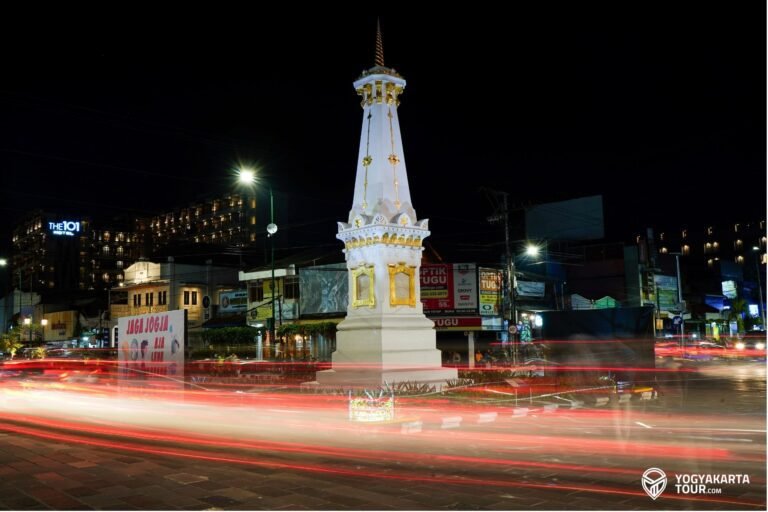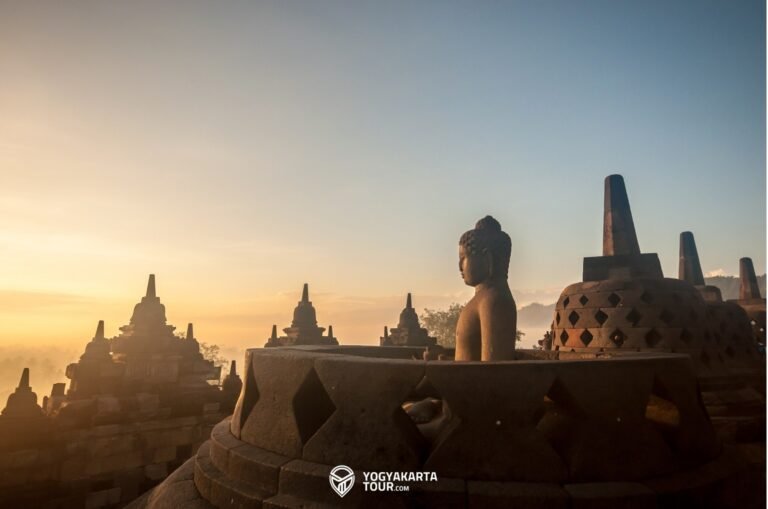When people visit Yogyakarta, one of the first questions they ask is: “Where can I find real Javanese culture?”
That’s a great question, because Yogyakarta is often called the cultural heart of Java. It’s not just about temples or museums. Culture here is alive — in the streets, in the people, in the food, and in the traditions passed down from generation to generation.
In this article, we’re going to talk about some of the most popular cultural places in Yogyakarta that foreign tourists love to visit.
Let’s explore what makes Yogyakarta so special from a cultural point of view.
1. Why Do People Visit the Kraton (Sultan’s Palace)?
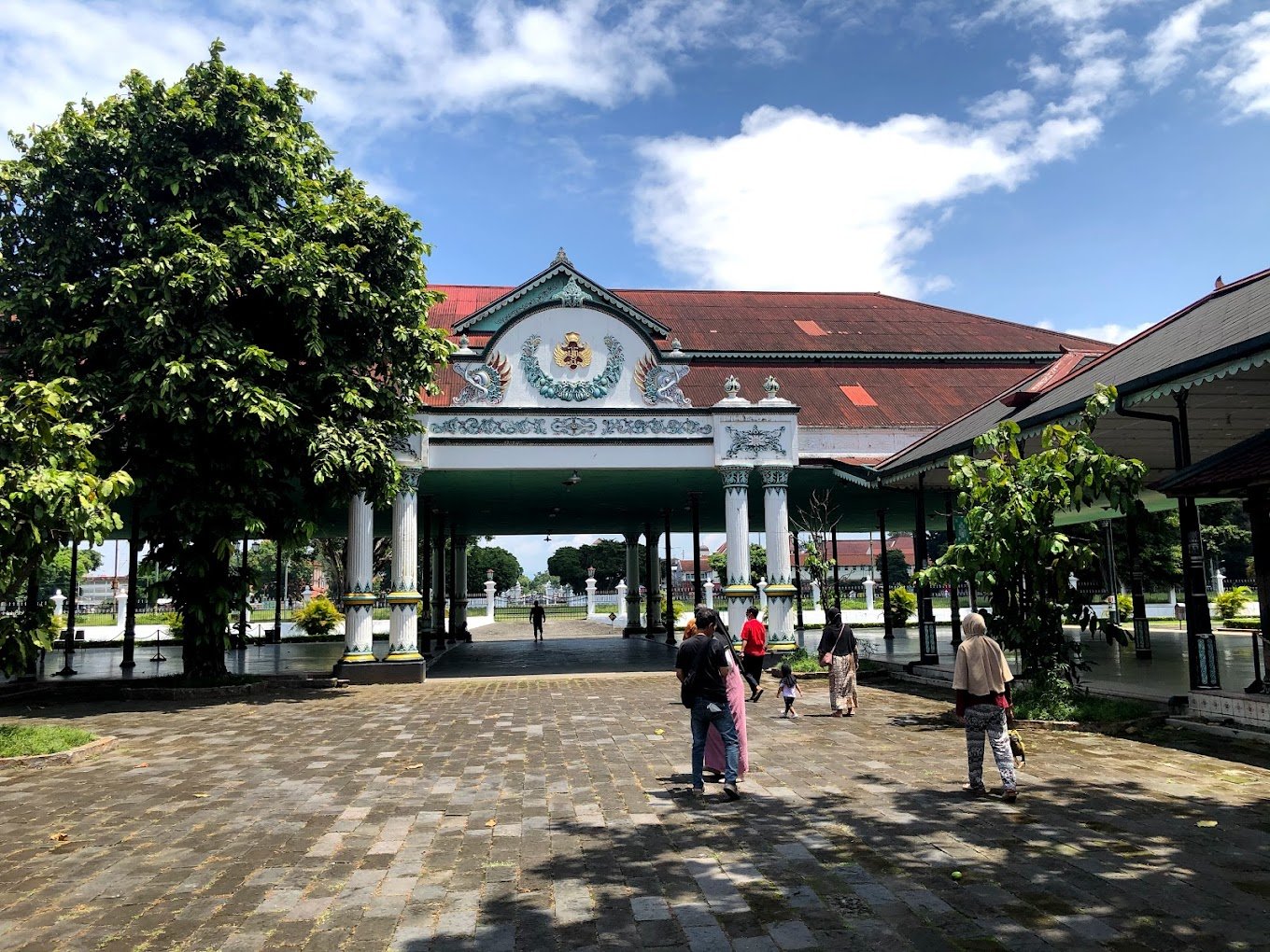
The Kraton is probably the most famous cultural site in Yogyakarta. But why is it so important?
Well, the Kraton Yogyakarta is not just a palace. It’s the home of the Sultan — the king of Yogyakarta — and it’s also a center of Javanese art and culture. The palace complex has beautiful old architecture, quiet courtyards, traditional carvings, and even daily performances of gamelan music, wayang puppets, and Javanese dance.
Tourists usually say they feel like they’re stepping back in time when they walk through the Kraton. Some are surprised that the royal family still lives there, and that many of the people working in the palace are actually descendants of those who have served the Sultan for years.
Pro tip: Visit early in the morning, around 9 AM, to enjoy the performances and avoid the crowd.
2. What’s So Special About Taman Sari Water Castle?
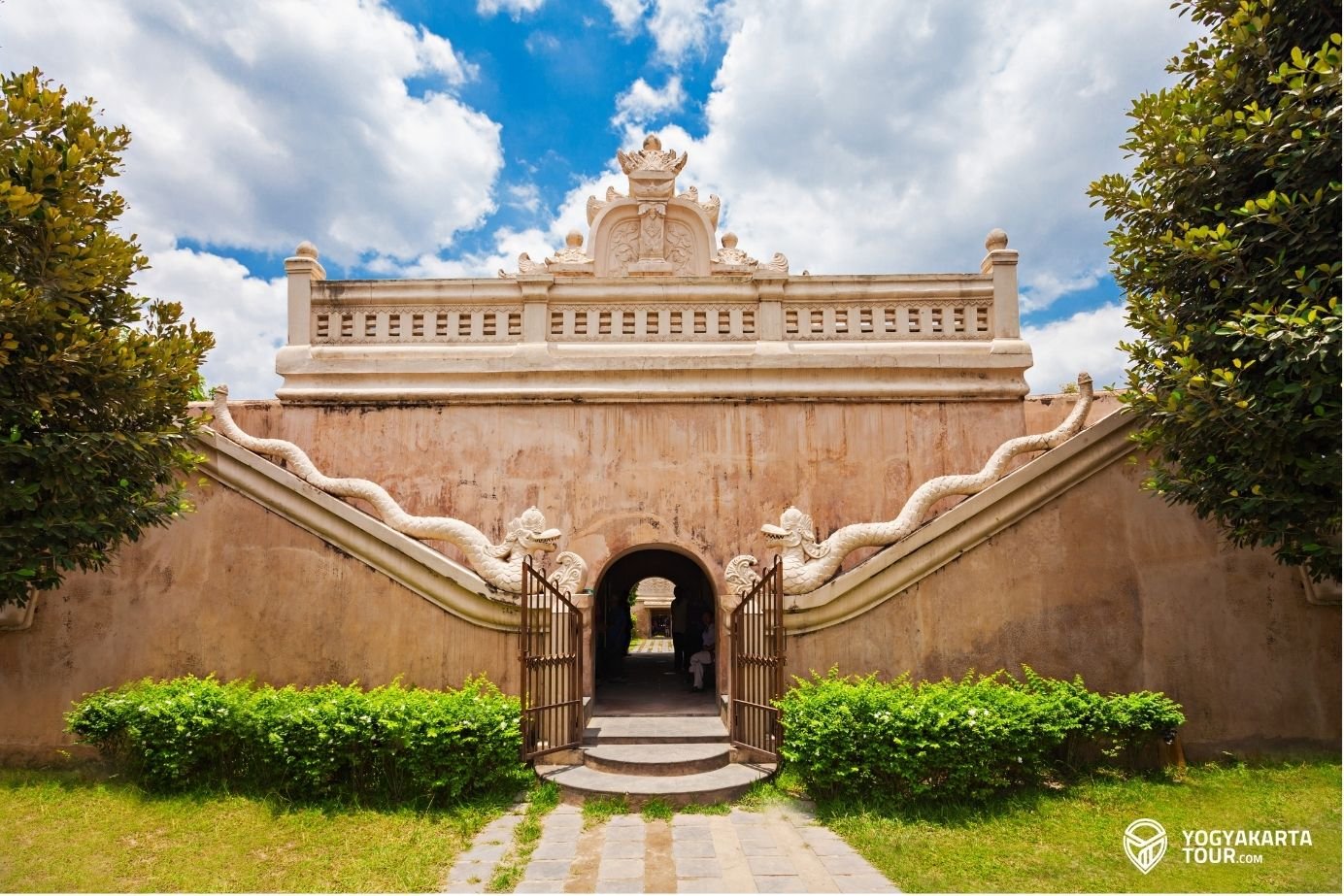
Just a few minutes from the Kraton is Taman Sari, also known as the Water Castle. This place used to be a royal garden and bathing complex for the Sultan and his family.
So why do tourists love it?
The place is full of stories. There are hidden tunnels, secret staircases, and mysterious ruins. The architecture mixes Javanese and European styles, which makes it very unique. Some say it feels a bit like a movie set.
One of the most famous parts is the circular stair in the underground mosque, which has become a top photo spot on social media.
Visitors also enjoy walking around the nearby village — there are local batik workshops, wall murals, and friendly locals who still live inside the former palace complex.
3. Can You Really See Culture at Malioboro Street?
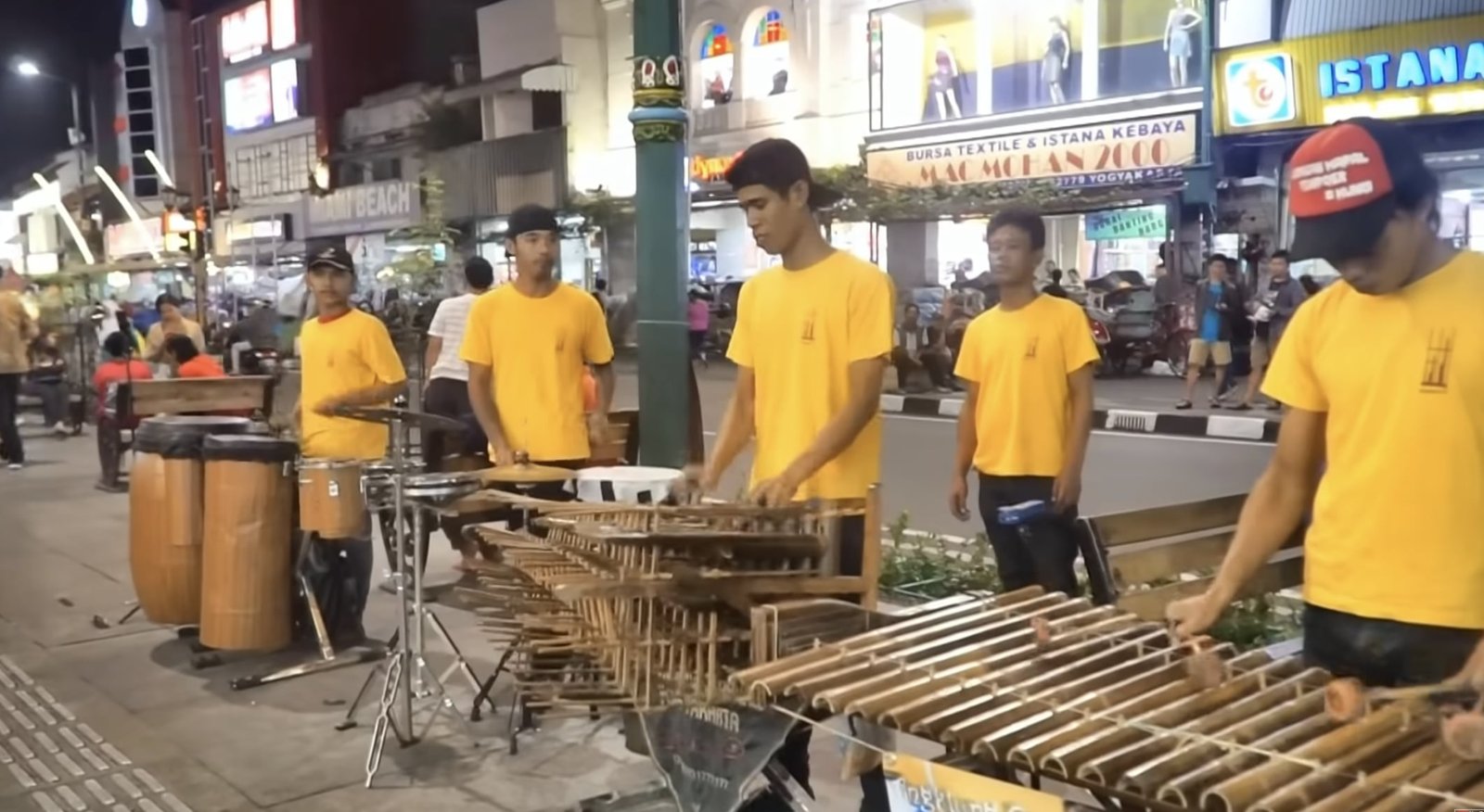
Most people know Malioboro as a shopping street. But is there any culture there?
The answer is: absolutely yes.
Malioboro is where traditional and modern Yogyakarta meet. It’s full of local sellers, batik shops, street food stalls, artists, and street performers playing traditional music or acting in dramas. If you walk slowly and pay attention, you’ll see the real culture of Jogja in daily life.
Foreign tourists love sitting on the benches, eating snacks like jadah tempe or bakpia, and watching people go by. Sometimes, they join spontaneous dance or music events that happen on the street.
Bonus tip: Visit at night — Malioboro gets even more colorful with lights, becak rides, and live music.
4. What Is Wayang Kulit and Where Can Tourists Watch It?

Another cultural highlight of Yogyakarta is the Wayang Kulit — a traditional shadow puppet show that tells epic stories from the Ramayana or Mahabharata.
These shows are performed using leather puppets, behind a white screen, with lights casting the shadows. A puppet master, called the dalang, controls the puppets while speaking, singing, and directing the music.
Foreign tourists are usually amazed at how lively and emotional the show can be, even without seeing the puppets directly. It’s like watching a shadow-based animation — live!
You can watch Wayang Kulit at:
- Sonobudoyo Museum (regular performances)
- Private studios in villages near the city
- Or as part of a cultural night tour
If you don’t understand the Javanese language, don’t worry. Most shows have English introductions or summaries, and the music and visuals are enjoyable for everyone.
5. Is Kotagede a Cultural Place Too?
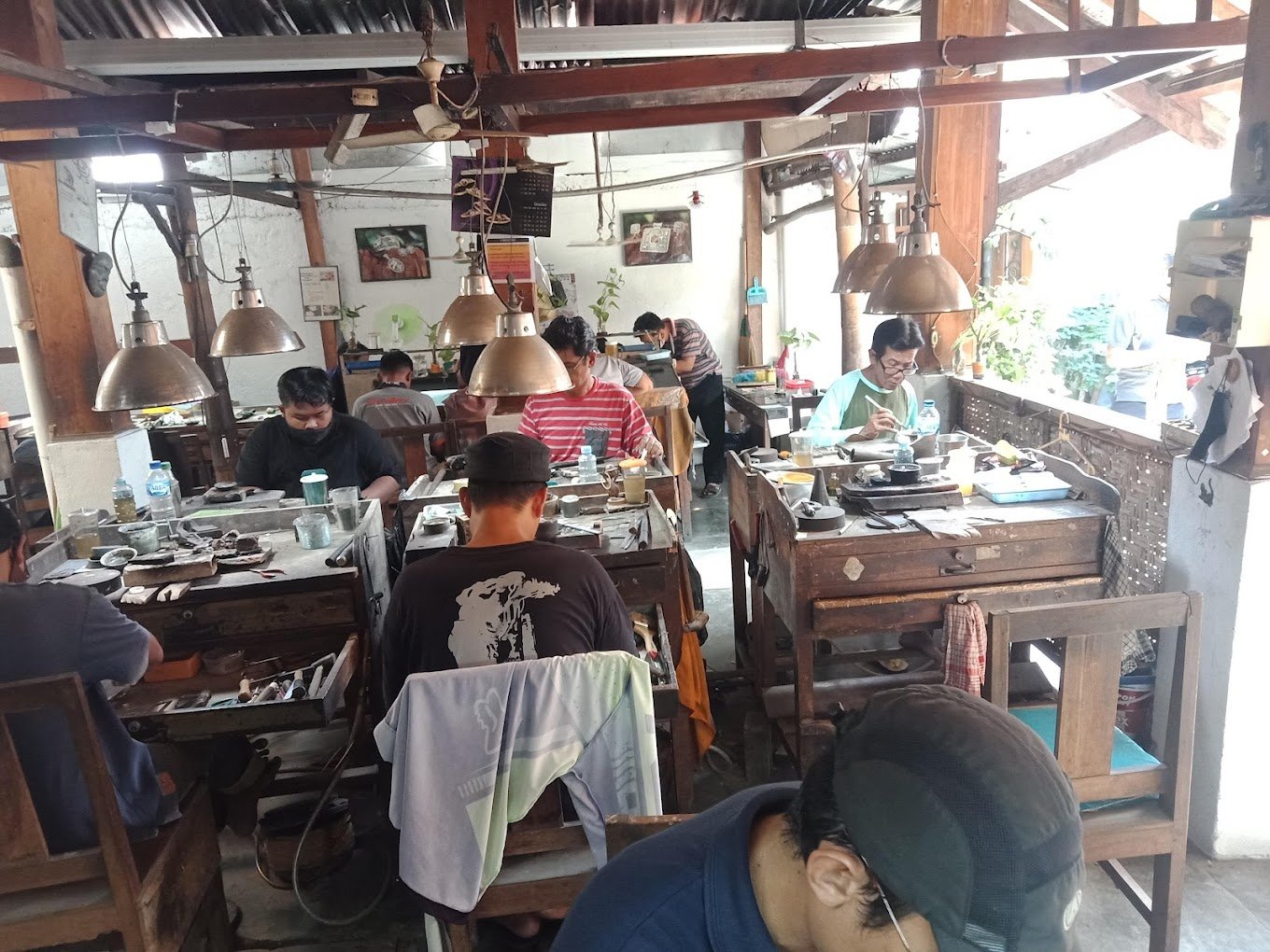
Yes! In fact, Kotagede is one of the most culturally rich areas in Yogyakarta.
This neighborhood was once the capital of the Mataram Kingdom, and now it’s famous for its silver crafts. But it’s more than just shopping. Kotagede is full of:
- Old Javanese houses
- Mosques with Hindu-style gates
- Ancient royal tombs
- Local markets
- And families who have lived there for generations
Tourists can walk through small alleyways, visit silver workshops, talk to artisans, and even join a silver-making class.
Many travelers say Kotagede feels like a time capsule — quiet, beautiful, and filled with local charm.
6. Are There Cultural Museums in Yogyakarta?
If you love learning history in a more structured way, yes, Yogyakarta has many museums worth visiting:
🏛️ Sonobudoyo Museum
Located near the Kraton, this museum has a great collection of wayang, traditional weapons, masks, and batik. It also hosts the shadow puppet shows we mentioned earlier.
🏛️ Museum Ullen Sentalu
This is a favorite among foreign visitors. Located in Kaliurang (north of the city), the museum tells the story of Javanese royal women and has beautiful architecture, gardens, and artistic displays. The tour here is guided and very informative.
🏛️ Museum Affandi
For art lovers, this museum shows the life and work of Affandi, one of Indonesia’s most famous painters. The building itself is artistic and creative.
These museums are not boring or old-school. They are well-designed and offer a deep look into Javanese culture, art, and stories.
7. Can Tourists Join Cultural Workshops?
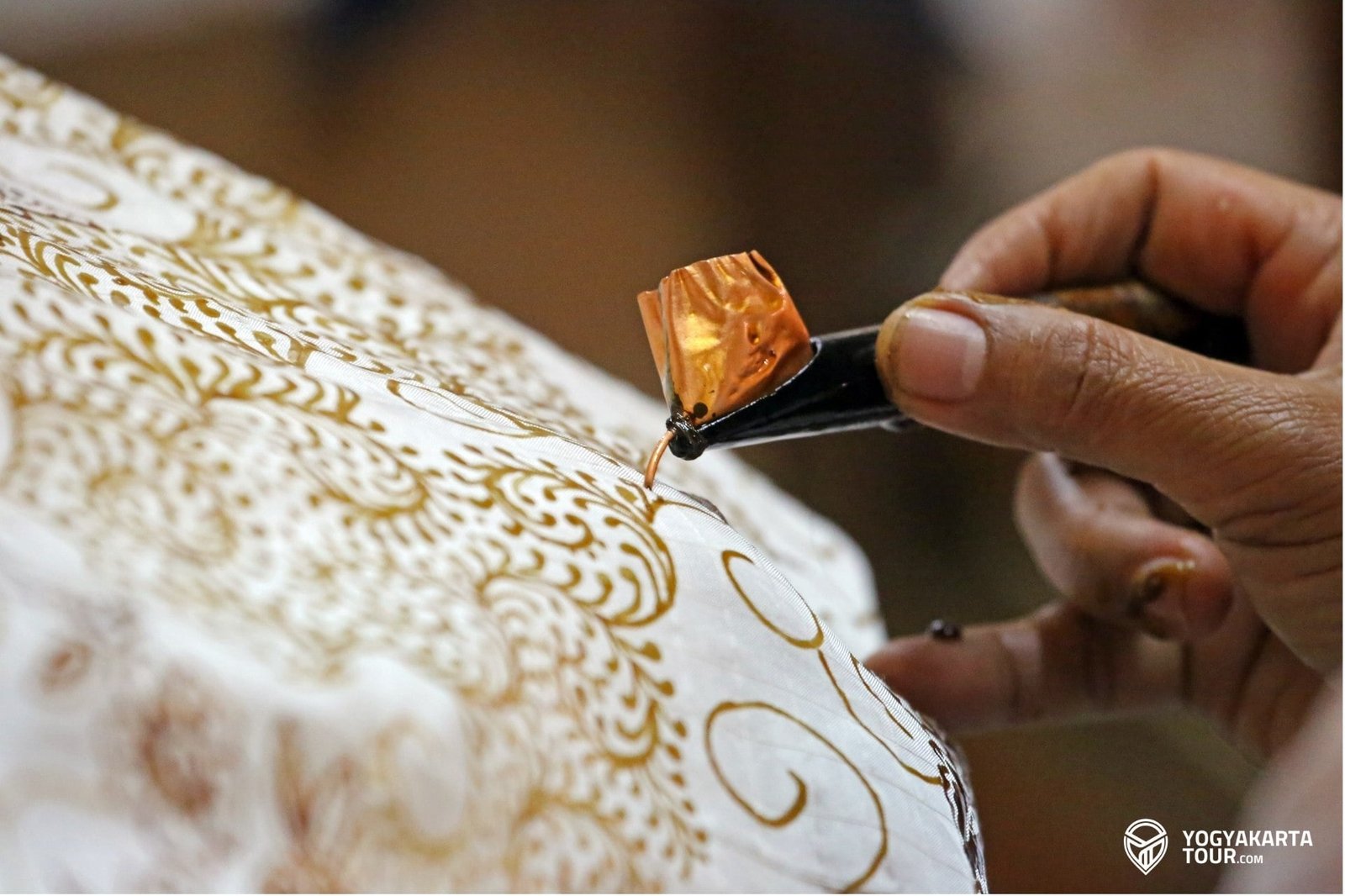
Definitely — and this is something many travelers enjoy a lot!
Here are some popular workshops:
- Batik making: Learn how to use hot wax and dye to create your own batik art or clothing.
- Silver jewelry making: Especially in Kotagede, where you can design and craft your own silver ring or pendant.
- Gamelan music: Try playing traditional Javanese instruments in a group setting.
- Javanese dance: Join a beginner class and learn some basic moves of classical Javanese dance.
Tourists often say this is where they truly connect with the culture, not just watch it. They take home not just a product, but also an experience.
Want to Explore These Cultural Places Easily?
If all of this sounds exciting but a little overwhelming, you’re not alone. Many tourists feel the same at first. That’s why we, at Yogyakartatour.com, offer local tours that are designed to help visitors experience authentic Yogyakarta culture, without confusion or stress.
We’re a friendly local tour agency, and we’ve guided many happy guests from around the world. Whether you want to visit the Kraton, explore hidden temples, learn batik, or walk through Kotagede’s silver alleys — we can help make it happen.
We offer:
- Private cultural tours with local guides
- Custom tour plans based on your interests
- Transportation, ticket arrangements, and translation help
We’re not here to rush you. We’re here to help you experience the real heart of Jogja — at your own pace.
Final Words from Our Team
Yogyakarta is not just a city with places to visit. It’s a city with stories to share — through its palaces, performances, arts, and people.
We believe that culture is something you should feel, not just see. And Yogyakarta is one of the best places in Indonesia where you can do that.
So if you’re planning to visit soon, don’t forget to include cultural spots in your list. They might just become your favorite part of the trip.
And if you need help exploring these places, just say hi to us at Yogyakartatour.com. We’re always ready to show you around — like a local friend would.
See you in Jogja!
Written by Yogyakarta Tours Team – Your trusted local guide to the culture, soul, and beauty of Yogyakarta.



